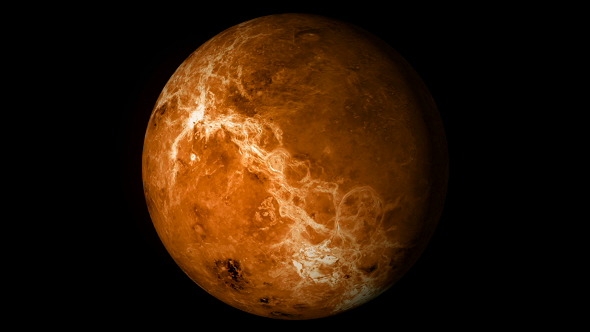NASA heads back to Venus! Announces 2 mission to earth's nearest neighbor
Total Views |
With an aim to study the Earth’s nearest planetary neighbor, the American space agency, NASA is going to send its two new robotic missions namely Davinci+ and Veritas, to Venus. The missions aim to understand, how Venus's surface is capable of melting lead and how this planet became an inferno-like world.
According to the NASA, 2 missions were selected after a peer-review process. They were chosen on the basis of their potential scientific value and feasibility of their development plans. The project teams will now work to finalise their requirements, designs, and development plans.

NASA is awarding approximately $500 million permission for development and it is expected to launch the mission between 2028 and 2030. Each of the missions
About DAVINCI+
It will be NASA's first mission since 1978 to enter Venus’ atmosphere. Davinci+ is “Deep Atmosphere Venus Investigation of Noble gases, Chemistry, and Imaging” mission. It will measure the composition of Venus` atmosphere to understand how it formed and evolved, as well as determine whether the planet ever had an ocean.
The probe will also take the first high-resolution images of Alpha Regio, an ancient highland twice the size of Texas with rugged mountains, looking for evidence that past crustal water influenced surface materials.
Also Read | Major discovery in cosmochemistry! Indian-origin scientist & team discovers graphene in two meteorites
The probe will contain four instruments. Two of them – the Venus Mass Spectrometer (VMS) and the Venus Tunable Laser Spectrometer (VTLS), Venus Atmospheric Structure Investigation (VASI).
VERITAS
This mission is called “Venus Emissivity, Radio Science, InSAR, Topography, and Spectroscopy”. VERITAS will map the surface of Venus with radar, and study infrared emissions to reveal its rock types. This will help reveal its history, why it developed so differently than Earth, and confirm whether plate tectonics & volcanism are still active there It will use a form of radar to investigate surface elevations and will discover if volcanoes and earthquakes are still happening.
According to the NASA missions would provide a chance to investigate the planet Venus that haven’t been provided in about 30 years
Why Venus?
Venus and Earth are practically twins. They’re alike in size, density, gravity, and physical makeup. They are both in our star’s habitable zone. Scientists have discovered no other adjacent planets in the entire galaxy that share such similarities. Although Earth and Venus are similar in size and location, they are very different worlds today. Scientists believe that Venus once resembled Earth and may have even been habitable, but now it's unbearably hot and covered in clouds of sulfuric acid. They hypothesize something caused a “runaway greenhouse” effect in Venus’ atmosphere, cranking up the temperature and vaporizing its oceans.
.
.